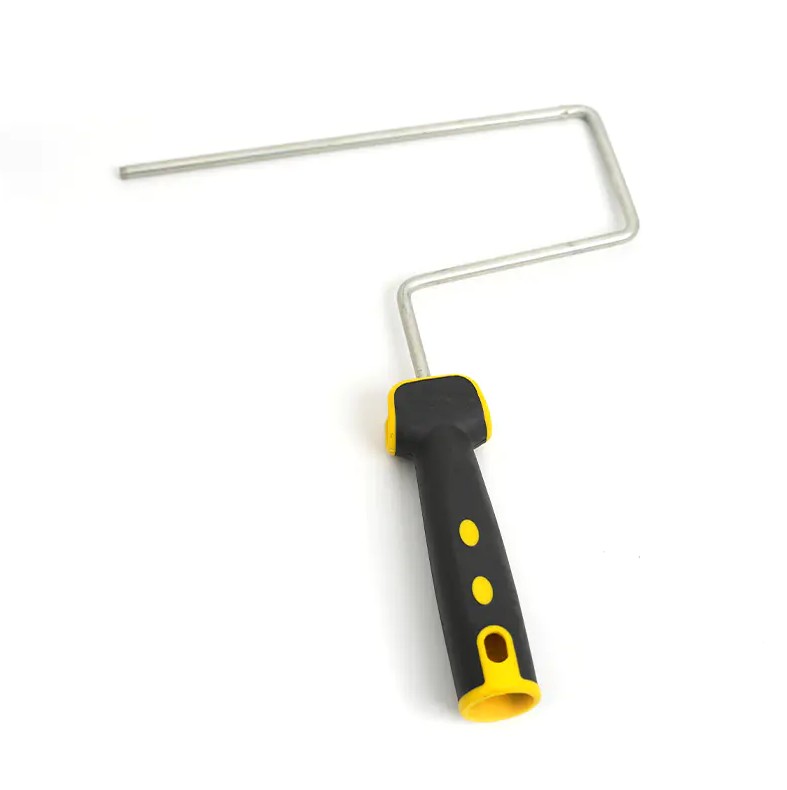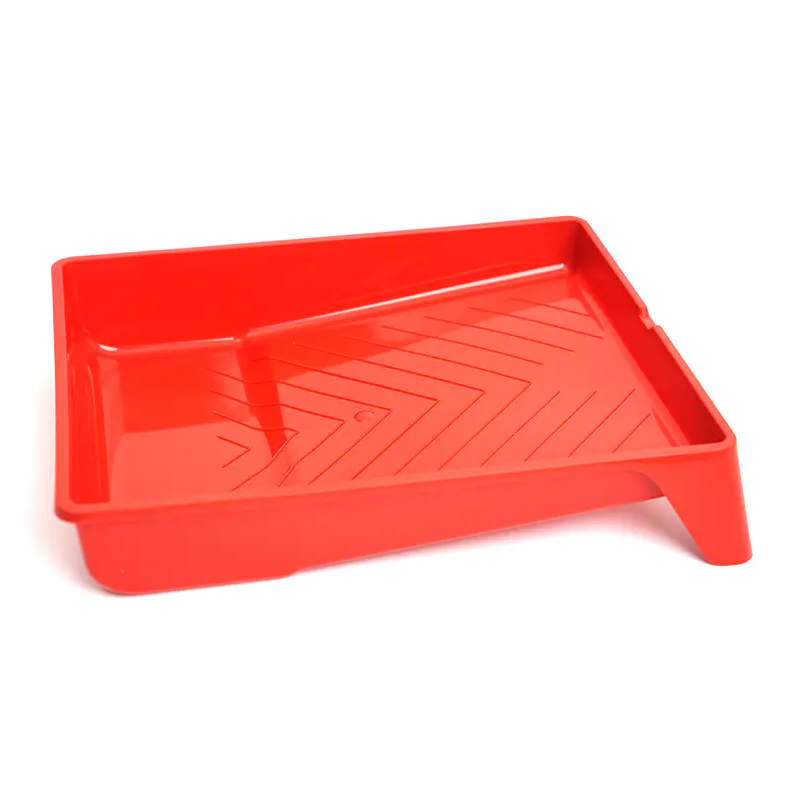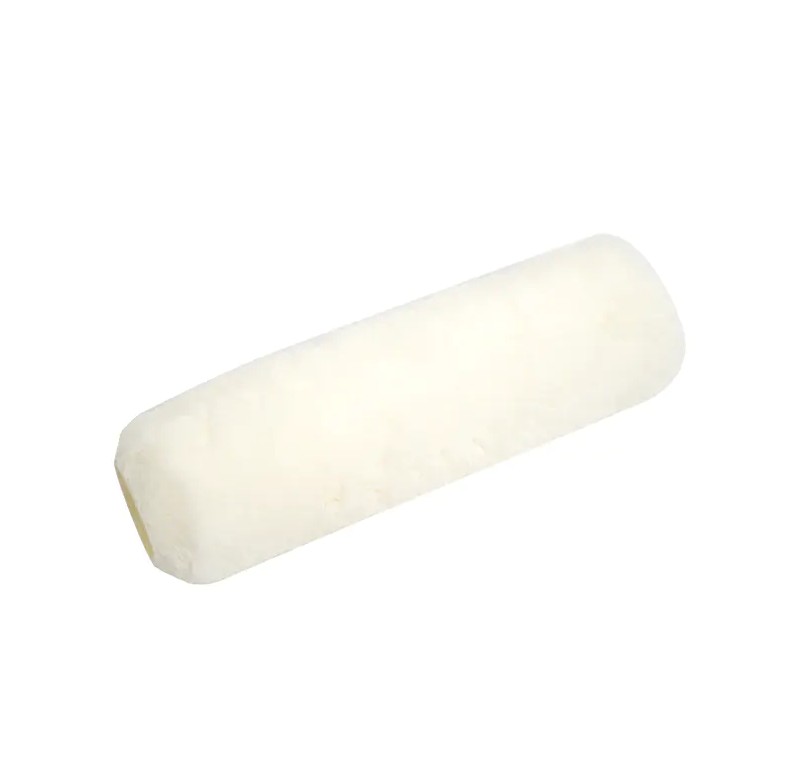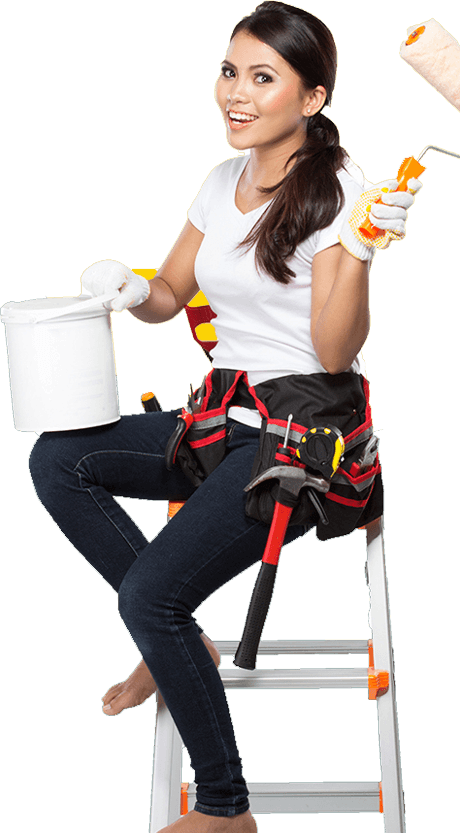The roller frame is a crucial component of the conveyor system. Its primary function is to support and secure the conveyor belt and rollers, ensuring stable and efficient system operation. A high-quality roller frame must not only withstand weight and shock but also be easy to install and maintain. Roller frame types vary depending on the application environment and functional requirements.
Content
Common Roller Frame Types and Their Characteristics
The following types of Paint Roller Frame are commonly found on the market:
1. Fixed Roller Frame
The fixed roller frame is the most basic and common type.
- Features: It is bolted or welded to the conveyor frame, offering a sturdy structure and high load-bearing capacity.
- Applications: Suitable for heavy-load, long-distance conveying systems where frequent position and angle adjustments are not required, such as conveyor lines in mines, ports, and large factories. This type of frame is renowned for its high reliability and stability.
2. Adjustable Roller Frame (Trough or V-Type Frame)
This type of Paint Roller Frame features an adjustment mechanism that allows the operator to adjust the angle and position of the rollers based on the characteristics of the conveyed material and the operating conditions of the conveyor belt.
- Features: Enhances the conveyor belt's ability to wrap around the material, making it particularly suitable for conveying bulk materials (such as coal, ore, and sand). Adjustable, it effectively prevents material spillage and helps center the conveyor belt.
3. Overhead Roller Frame
Unlike traditional Paint Roller Frame that are fixed below, overhead frames suspend the rollers above the conveyor belt.
- Features: This design is particularly suitable for cleaning sticky or wet materials, as the frame is positioned away from the material contact surface, reducing material buildup and corrosion. Its open structure also facilitates cleaning and replacing the rollers.
- Applications: Commonly used in food processing, chemical processing, and conveying certain specialty materials.

4. Removable/Modular Roller Frame
Removable or modular Paint Roller Frame offer significant convenience for applications requiring quick maintenance and replacement of rollers.
- Features: These typically utilize latches or quick-lock mechanisms, allowing for tool-free removal and installation of the rollers, significantly reducing downtime and maintenance and lowering operating costs.
Key Factors in Roller Frame Selection
- Load Capacity: The frame must match the weight of the material being conveyed and the speed of the conveyor belt.
- Material: Common materials include steel (carbon steel or stainless steel) to ensure frame strength and corrosion resistance.
- Environment: For humid, dusty, or highly corrosive environments, a frame with special corrosion protection or stainless steel may be required.
Whether you are designing a new conveyor system or upgrading an existing one, selecting the right Paint Roller Frame is a critical step in ensuring long-term, reliable operation. By properly arranging the roller frame and rollers, you can maximize efficiency and minimize downtime.



 Español
Español







